Love chilli? You might be a thrill-seeker – with a lower risk of heart disease
The wellness pros and cons of enjoying the hot stuff like mala hotpot and chilli padi – and what to do if you're the type of person who can't handle the heat.
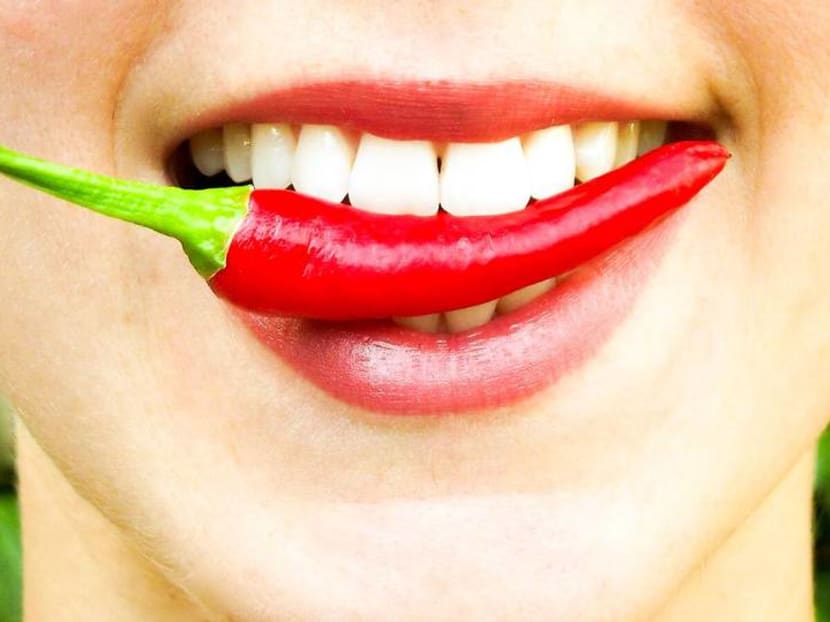
(Photo: Pixabay/englishlikeanative)
It starts with a tingling sensation on the tongue. Then, it builds. And builds. And builds.
Until it feels like your lips and entire mouth are on fire. The rest of your body registers the “attack” by switching on the waterworks, and you’re soon tearing and perspiring – and blabbering for water.
For all that "pain", is it worth the while? If you need to convince your friends to "suffer" with you over mala hotpot, sambal stingray, assam pedas or spicy buffalo wings, here’s one: Spicy food might help you to lose weight.
“Last year, researchers at the University Of Wyoming suggested that spicy food speeds up your metabolism, allowing you to burn calories faster," said Dr Gan Heng Hui, Senior Specialist in Food Chemistry And Safety at Nanyang Polytechnic’s School of Chemical and Life Sciences.
"There’s also a popular – albeit untested – theory that because hot dishes are more difficult to wolf down, you’re less likely to eat too much," she added.
But spicy dishes are often high in fat or paired with beers, which “will certainly have a negative effect on any potential weight loss advantages”, said Dr Gan.
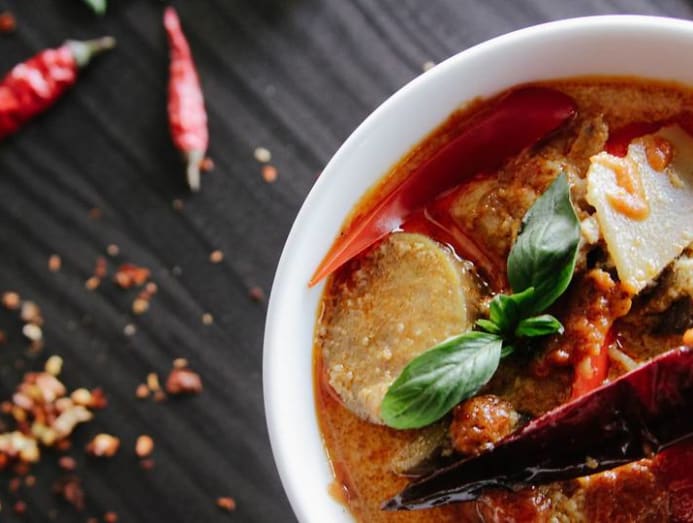
Chilli may also have other health-boosting benefits. A study by the University of Vermont on 16,000 men published in 2017 found a 13 per cent lower risk of death among chilli lovers.
Co-author of the study Dr Benjamin Litternberg explained that capsaicin seemed to reduce the amount of inflammation in the body.
"The types of deaths that were lowest in the pepper group were deaths due to vascular disease, heart attacks and stroke," he said.
Chillies are also a good source of nutrients such as Vitamins A and C, as well as iron and potassium.
For instance, 42g of chilli can account for your recommended daily allowance of Vitamin C, although that would be an extremely spicy meal!
Other benefits on capsaicin’s list includes its purported anti-cancer property when combined with ginger.
Research shows that the burn agent and 6-ginerol, a compound found in ginger, may inhibit tumour growth, according to a study published in the Journal Of Agricultural And Food Chemistry.
"There are a lot of reports that say that capsaicin may be good for human health, especially with cancer," said Professor Dong Zigang at the Hormel Institute of the University of Minnesota.
"However, there are other reports that show totally the opposite result."
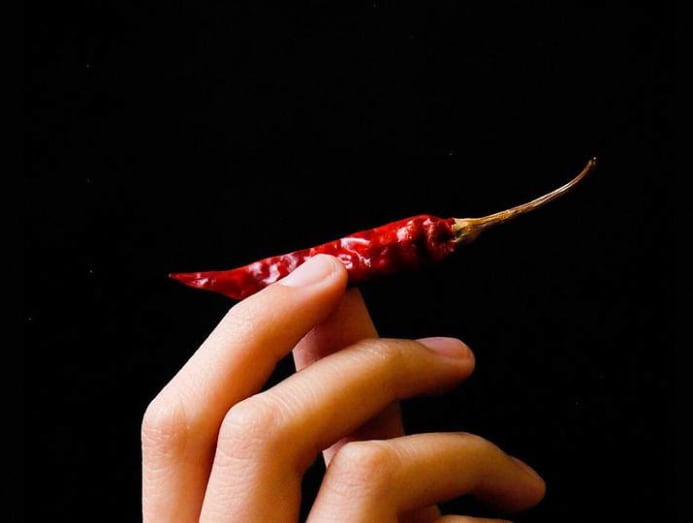
Prof Dong co-authored the review The Two Faces Of Capsaicin in the Cancer Research journal and is familiar with the flipside of the chemical.
"Probably it is harmful in the stomach or oesophagus because capsaicin itself can cause inflammation," he said.
"And if anything can cause inflammation or so-called burning effect, it must cause some cell deaths and therefore, the long-term chronic inflammation is maybe harmful."
READ: Mala addicts unite: Celebrating the pleasure and pain of fiery masochism
For the same reason that is inflammation, Tan advised individuals who suffer from Gastroesophageal Reflux Disease (GERD) to avoid spicy foods as it may irritate the stomach and cause discomfort.
WHEN SPICE IS ADDICTIVE
It is not an exaggeration to say that the effects of eating spicy food are akin to the agony felt when you’re physically on fire.
“Technically, it is a pain signal sent by the nerves that transmit touch and temperature sensations,” said Dr Gan.
“These sensations can be aroused from anywhere on the skin as well as the mucous membranes of the nose, mouth and eyes,” she said.
READ: Is the heat getting to you? Eating spicy food cools you down better than ice cream
Interestingly, spiciness is not a flavour, unlike sweet, sour, salty, bitter and umami that are detected more acutely on certain parts of the tongue, according to Associate Professor Lim Tit Meng, Chief Executive of Science Centre Singapore.
“No part of the tongue is spared from the heat of the chilli,” he said.
That might spell good news for kimchi ramyeon lovers, who derive a kick from the all-over tongue burn.
“Our body’s natural response is to produce chemicals such as endorphin and dopamine,” said Charlotte Tan, Dietitian from Changi General Hospital’s Dietetic And Food Services.
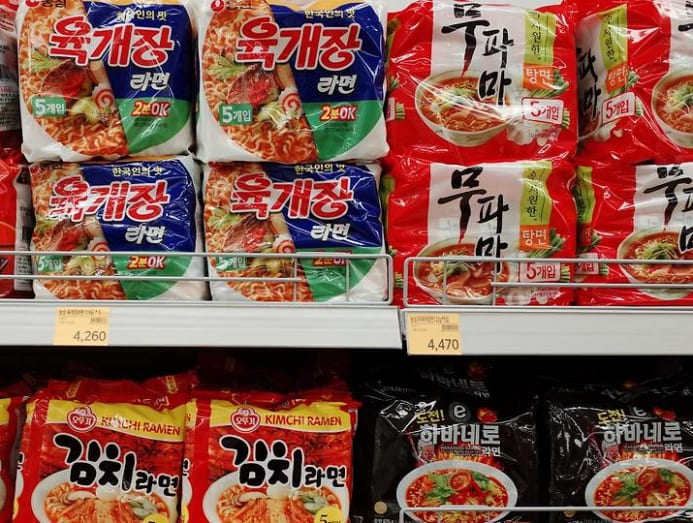
“Endorphin works to block the nerve endings from transmitting more pain signals, while dopamine produces a sensation of pleasure.”
In essence, eating spicy food triggers a sense of euphoria similar to a runner’s high in some people.
That love for fiery food may also translate into a love for excitement.
When experts from Penn State University studied the relationship between personality traits and a liking for spicy food, they found that “sensation seekers” – those who enjoyed the thrills of roller coaster rides and gambling – were more likely to ask for chilli padi at mealtime.

HOT STUFF
Not everything that is spicy contains capsaicin. Here’s a look at how each of these heat agents deliver its kick to create varying degrees of excitement in the mouth.
Sichuan peppercorn: Mala xiang guo fans would be familiar with the effect from Sichuan peppercorns that’s different from chilli’s.
The difference lies in the peppercorn’s hydroxy-alpha sanshool, which gives a “tingly, numbing influence” as opposed to capsaicin’s burning sensation, said Assoc Prof Lim.
The chemical also acts on different sensors in the lips and mouth to create the tingling sensation, which according to a University College London study, was found to match vibrations created at 50 Hertz.
That’s what’s causing your lips to go numb for a few minutes.
The burn is probably from the combination of chilli peppers, chilli powder and various other spices that are commonly used with Sichuan peppercorns in mala hotpots or such dishes.
Wasabi: The stuff in wasabi that clears up your sinuses and makes your eyes water is allyl isothiocyanate.
It is a smaller chemical than capsaicin and that’s why it is able to vaporise and waft up your nose, where it meets the TRPA1 receptors and gives you that addictive wasabi brain rush.
In fact, the smell of wasabi has been shown to be so effective at waking people up, a Japanese company has developed a smoke alarm for the deaf that sprays allyl isothiocyanate when a fire is detected.
Kimchi: The heat from this popular Korean fermented dish comes primarily from gochu, a Korean red pepper used to preserve vegetables such as Chinese cabbage and radish.
Although this pepper is different from the red peppers of Central American countries such as Mexico and Colombia, as well as Indonesia, India, and Thailand, it still contains capsaicin.
This compound is one of the agents that suppresses the growth of bacteria that promotes decomposition while encouraging the growth of beneficial ones such as lactobacillus.
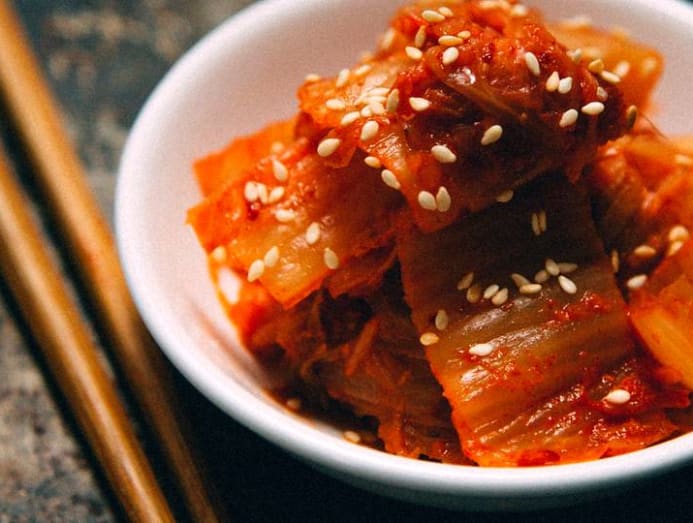
OVERCOMING THE BURN
As to why many Asians seem to handle spicy food well, chilli was, and still is, a means of preserving food, thanks to its anti-microbial properties.
In studies by researchers from Cornell University, chilli was found to be more commonly used in countries near the equator.
Over time, people living in such climates developed a taste for chilli, which “probably saved them a lot of death”, said lead researcher Joshua Tewksbury.
But if that's the case, why can’t you stomach even MacDonald’s garlic chilli sauce, while your friend alternates mouthfuls of food with chilli padi?
You may simply be “born with pain receptors that are more sensitive to capsaicin's sting”, said Dr Gan, although she qualified that no thorough research exists on the subject as yet.
But that’s no reason why you can’t be a chilli head; you can “train” yourself to be more tolerant towards spicy food.
“Capsaicin desensitisation is the phenomenon where people feel less of the burning sensation after eating a lot of spicy food,” said Tan.
“Repeated exposure to capsaicin causes the receptor doors to close and halts the transmission of pain signals.”
For instance, Dr Gan said that Mexican parents give children packets of sugar with red chilli powder to build up their spice tolerance.
“This causes the nerve endings in the mouth to die off, therefore allowing a high tolerance to spicy foods.”
In the meantime, stand by a glass of milk or a tub of yogurt to douse the chilli-induced pain.
Dairy food contains casein that binds readily to capsaicin and washes it away when you swallow.
“Other foods that may help with relieving the burn are bread and rice as they may absorb some of the capsaicin oil,” said Tan.
Alcohol is another remedy as alcohol dissolves capsaicin oil, but the proportion of alcohol in drinks is usually too low to be effective, she said.
Or try biting on a slice of lemon or eating a spoonful of peanut butter, suggested Assoc Prof Lim as acidic and oily food may also lessen the burn.





